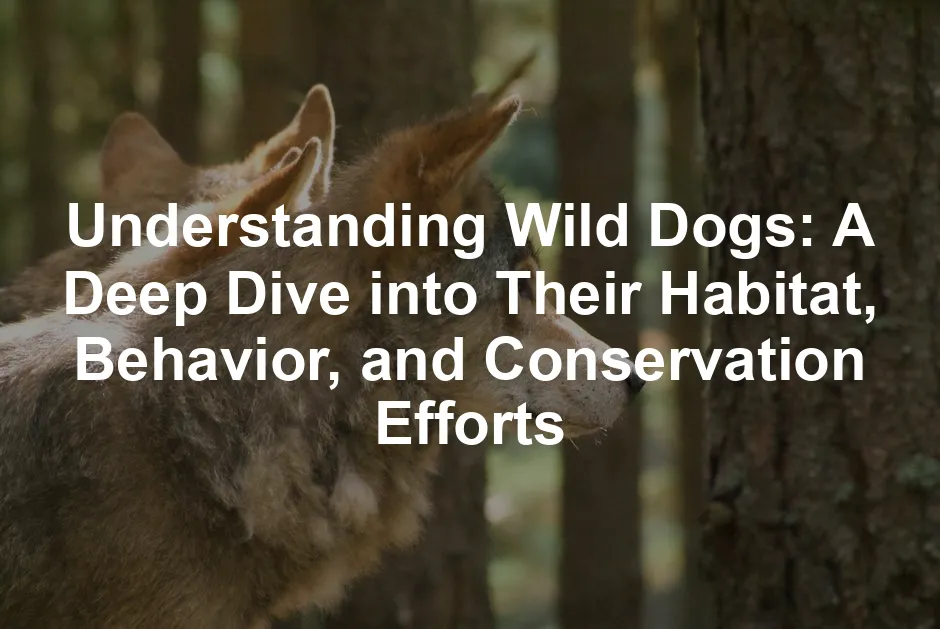Introduction
Wild dogs, formally known as African wild dogs, are fascinating creatures. Their unique social structure and colorful appearances set them apart in the animal kingdom. As apex predators, they play a crucial role in maintaining ecosystem balance. However, these remarkable animals face significant challenges, including habitat loss and human conflict. Understanding and conserving wild dogs is essential for preserving biodiversity.
To learn more about these incredible animals, you can explore the topic of wild dogs.
Summary and Overview
African wild dogs, or Lycaon pictus, are among Africa’s most endangered mammals. Currently, their population is estimated at about 6,600 individuals in the wild. These dogs typically inhabit savannas, woodlands, and scrublands. Their social behavior is notable, often living in packs that can range from 2 to 27 members. They primarily hunt small to medium-sized animals, such as gazelles and wildebeest calves, showcasing their impressive cooperative hunting skills.
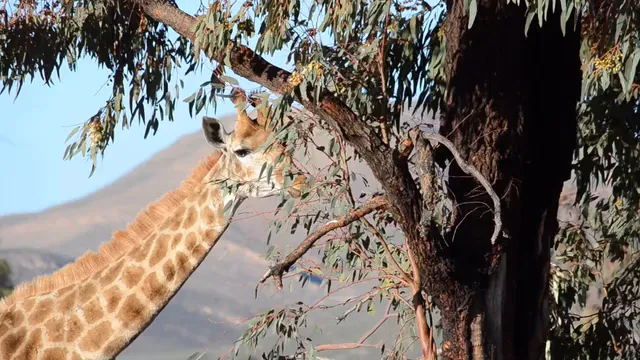
Studying wild dogs is vital for understanding biodiversity. They help regulate prey populations, ensuring ecological balance. By examining their behaviors and habitats, we gain insights into the health of their ecosystems. Protecting these animals directly contributes to the preservation of their environments. You can dive deeper into this subject with Wildlife Conservation: A Handbook for the Future.
Section 1: General Characteristics of Wild Dogs
Appearance and Physical Traits
Wild dogs are distinct in both appearance and size. They have a unique coat with patches of yellow, black, and white. No two wild dogs share the same pattern, making each one easily identifiable. Adults typically weigh between 18 to 36 kilograms (40 to 79 pounds) and measure about 75 to 100 centimeters (30 to 43 inches) in length. Males tend to be larger than females.
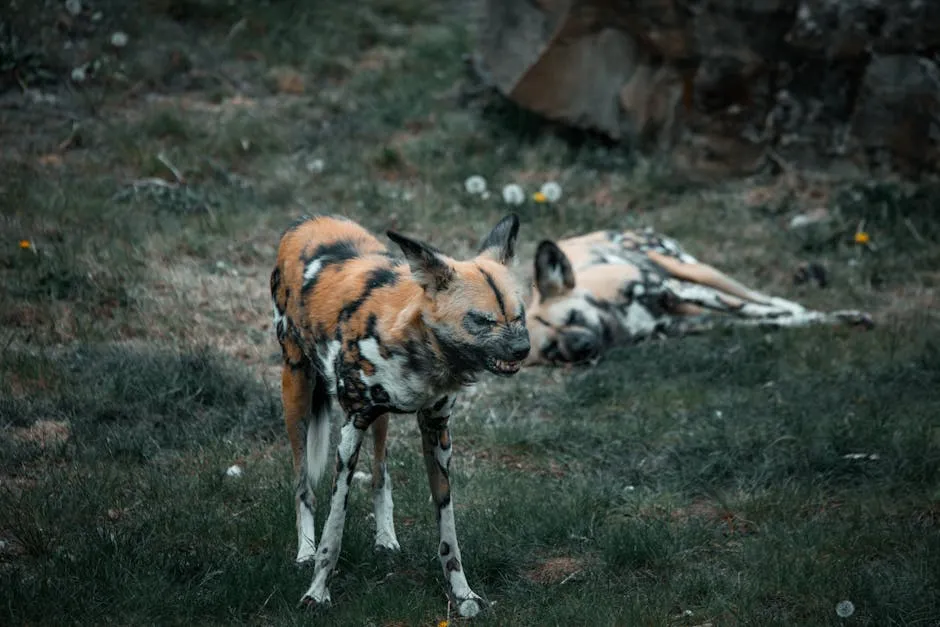
Their large, bat-like ears help with hearing and temperature regulation. These dogs also possess a bushy tail with a white tip, which aids in communication among pack members. With their slender bodies and long legs, wild dogs are built for speed and endurance, capable of running at impressive speeds to chase down prey. This combination of physical traits makes them highly efficient hunters. If you’re looking for some great reading material, check out The Wild Dog: A Book of African Wildlife.
Social Structure
Wild dogs exhibit intricate pack dynamics. Typically, their packs consist of 7 to 15 members, but they can sometimes grow to 40. Each pack has a dominant pair, often referred to as the alpha male and female. These two lead the group, guiding hunting strategies and maintaining social harmony.
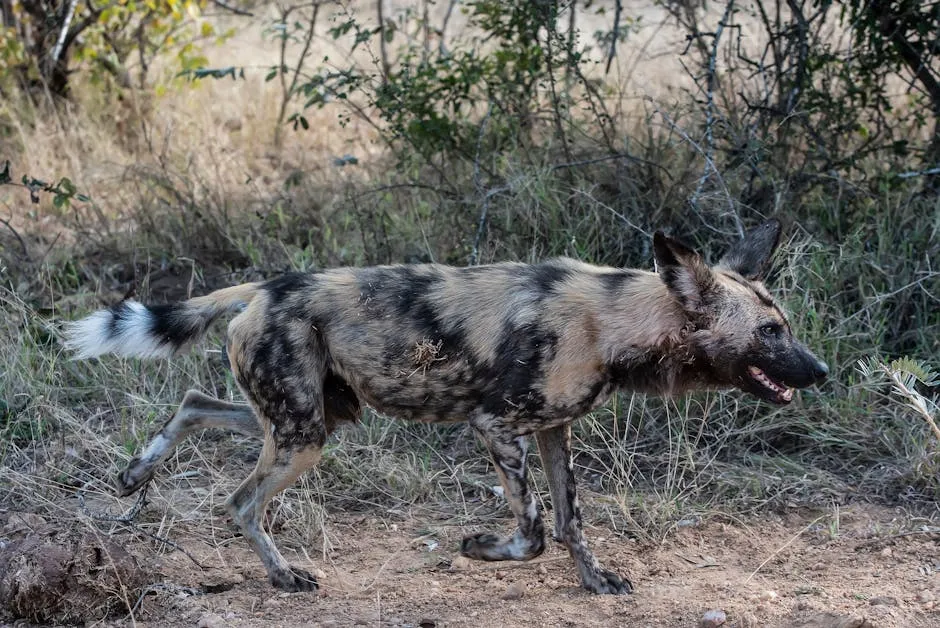
Communication in canids is vital. Wild dogs use various vocalizations, including howls, barks, and growls. They also engage in elaborate greeting rituals, reinforcing social bonds. Body language plays a significant role too. Tail wagging and facial expressions convey emotions and intentions.
Pack behavior is fascinating. Wild dogs are known for their cooperative hunting techniques. They work together to chase down prey, often taking turns to tire it out. Additionally, pack members care for injured or sick individuals. This nurturing behavior strengthens their social fabric, ensuring the survival of the group.
Understanding the social structure of wild dogs helps us appreciate their role in the ecosystem. Their cooperation and communication enhance their hunting success and overall survival. By studying these dynamics, we can foster better conservation efforts and promote coexistence with humans. And if you want to bring a piece of the wild home, consider Nature’s Best Photography: Wildlife Photography Book.
Section 3: Diet and Hunting Behavior
Feeding Habits
Wild dogs are carnivorous, primarily targeting small to medium-sized prey. Their favorite meals include impalas, gazelles, and wildebeest calves. These animals provide the necessary nutrients to support the pack’s energy needs. If you’re exploring the great outdoors with your own dog, a Dog Travel Crate could be a perfect companion for safe travels!
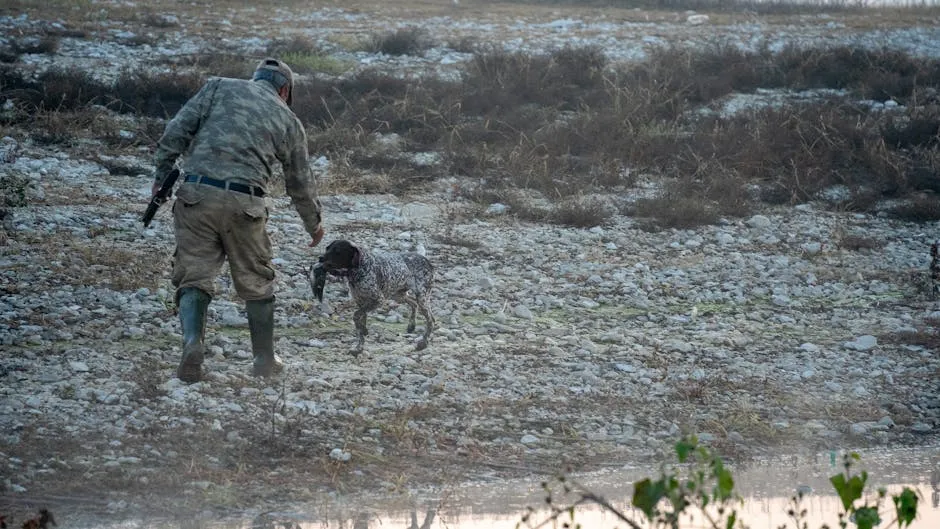
Hunting strategies showcase their remarkable teamwork. Wild dogs often hunt in packs, which enhances their success rates. They work together to chase, exhaust, and ultimately catch their prey. Research indicates that they have a hunting success rate of about 80%, significantly higher than other predators. They can cover impressive distances during hunts, sometimes traveling over 10 kilometers (6 miles) in a single outing.
Impact on Ecosystem
As apex predators, wild dogs play a crucial role in their ecosystems. Their hunting maintains the balance of prey populations, which helps sustain biodiversity. By controlling herbivore numbers, they prevent overgrazing, allowing vegetation to thrive.
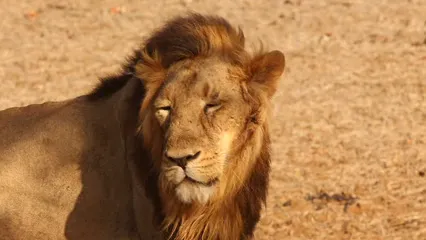
The ecological impact of wild dogs extends beyond direct predation. Their presence influences the behavior of other predators and herbivores. For instance, the fear of being hunted can alter grazing patterns among prey species. This dynamic keeps the ecosystem healthy and diverse. Without wild dogs, prey populations may grow unchecked, leading to imbalances that harm various species within the environment. Understanding the ecological impact of wild dogs highlights the need for their conservation and protection. Speaking of protection, don’t forget to grab a Pet First Aid Kit for your furry friend when out in the wilderness!
Section 5: Conservation Status and Threats
Current Conservation Status
African wild dogs are currently classified as endangered. Their population has dramatically declined due to several factors. As of now, approximately 6,600 individuals remain in the wild. This number has decreased over the years, with significant drops reported in various regions. Habitat loss, human-wildlife conflict, and diseases are major contributors to their precarious status.
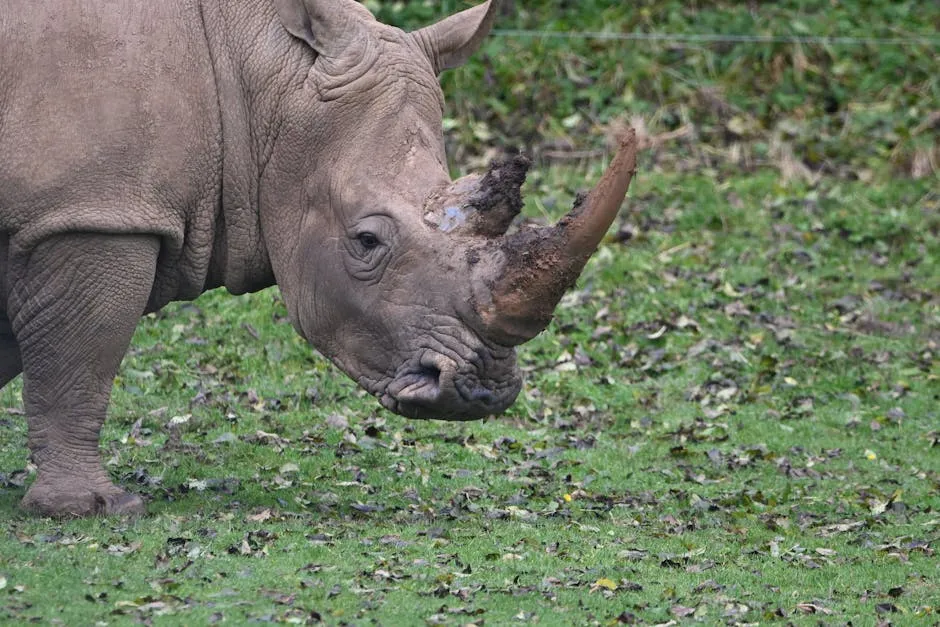
In the past, wild dogs thrived across much of sub-Saharan Africa. Today, they are mostly confined to East and Southern Africa. Conservation efforts are crucial to reversing this trend and ensuring their survival. One way you can contribute is by learning about these efforts through The Complete Guide to Wild Dogs of Africa.
Major Threats
Wild dogs face numerous threats that jeopardize their existence. Human-wildlife conflict is one of the most pressing issues. Farmers often perceive these dogs as threats to livestock, leading to retaliation through poisoning or shooting.

Habitat loss is another significant concern. As human populations grow, wild dog habitats shrink due to agriculture and development. This fragmentation disrupts their hunting grounds and social structures.
Diseases also pose a serious risk. Wild dogs are susceptible to rabies and distemper, often contracted from domestic animals. These diseases can devastate entire packs, especially when combined with limited genetic diversity.
Genetic inbreeding becomes a problem in small populations, reducing their resilience to diseases and environmental changes. Understanding these threats emphasizes the need for urgent action. A great way to support wildlife conservation is to invest in Outdoor Camping Gear that promotes sustainable practices.
To help protect these magnificent animals, we must engage in conservation efforts. Supporting local initiatives and spreading awareness about wild dogs can foster coexistence. Together, we can make a difference for the future of wild dogs and their ecosystems.
Section 6: Conservation Efforts and Solutions
Community Involvement
Local communities play a vital role in wild dog conservation. Initiatives that engage these communities have proven effective. For example, programs that include local scouts help monitor wild dog movements. These scouts alert herders about potential conflicts, promoting coexistence. Such involvement not only fosters conservation but also provides economic opportunities.
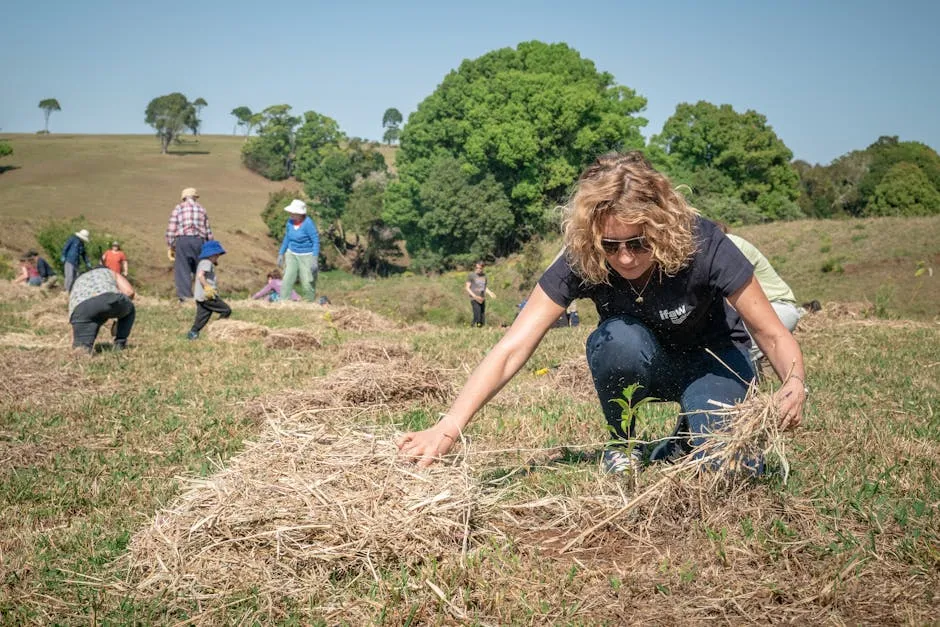
Success stories abound, showing the positive impact of these efforts. In areas where communities actively participate, wild dog populations have stabilized. These programs enhance local ecosystems by maintaining predator-prey dynamics. When communities value wild dogs, they help protect their habitats, benefiting the entire ecosystem. You can support such initiatives by considering eco-friendly products like Eco-friendly Dog Toys.
Mitigation Strategies
Reducing human-wildlife conflict is crucial for wild dog conservation. One effective strategy is constructing protective enclosures, known as bomas, for livestock. These enclosures help keep livestock safe from predators, minimizing retaliatory actions against wild dogs.
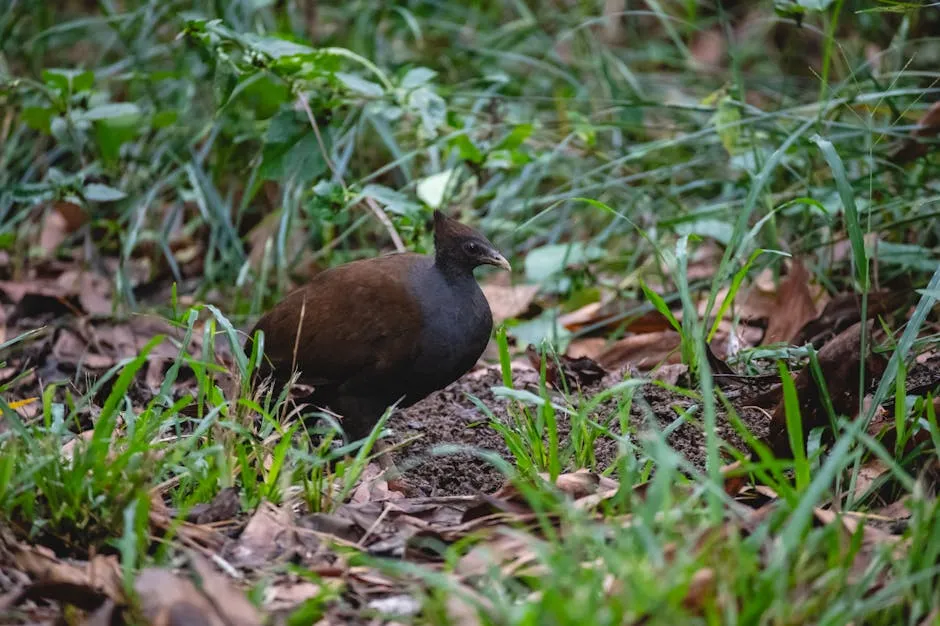
Education and awareness campaigns are equally important. By informing communities about the ecological role of wild dogs, we can shift perceptions. Knowledge helps foster respect for these animals and encourages people to support conservation efforts. Working together, we can create a future where humans and wild dogs coexist harmoniously. For your own dogs, consider a Dog Training Clicker to enhance their training experience!
Conclusion
Wild dogs are essential to the ecosystem, acting as apex predators. Their conservation is urgent, as they face numerous threats. Protecting wild dogs helps maintain ecological balance and supports biodiversity.
Engaging in conservation efforts is vital. Understanding wild dog behavior can enhance coexistence with wildlife. Together, we can ensure a sustainable future for these incredible animals and their habitats. Every action counts in the fight to protect wild dogs. And if you’re planning an adventure, don’t forget to pack an Portable Dog Water Bottle to keep your furry friend hydrated!
Please let us know what you think about our content by leaving a comment down below!
Thank you for reading till here 🙂
All images from Pexels

